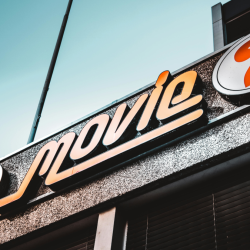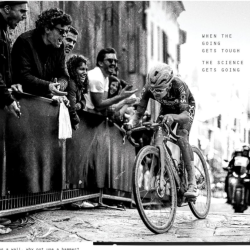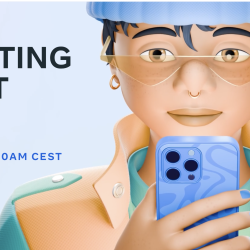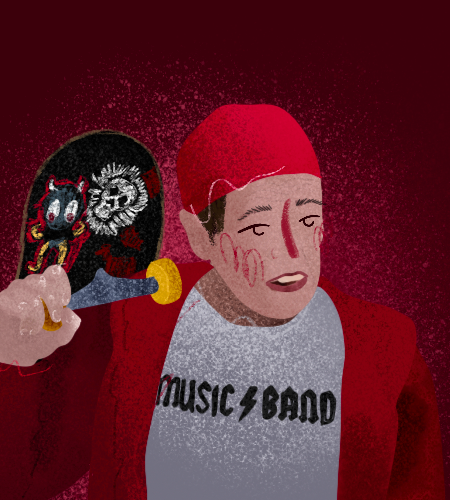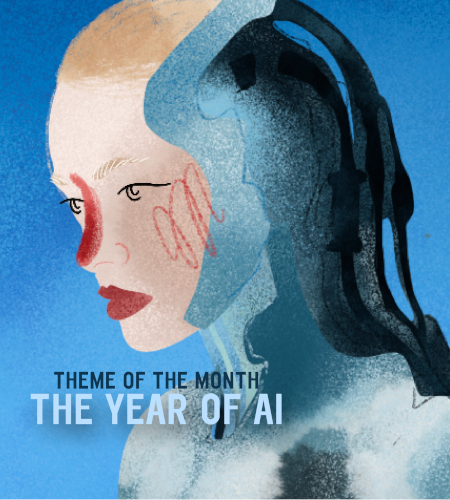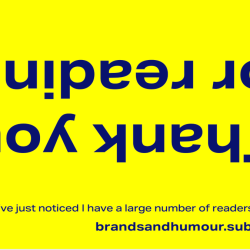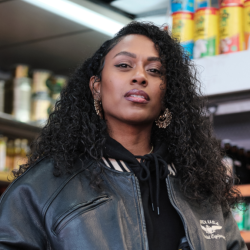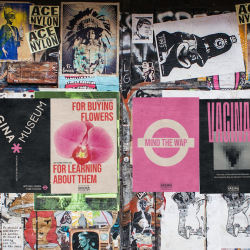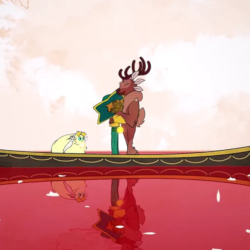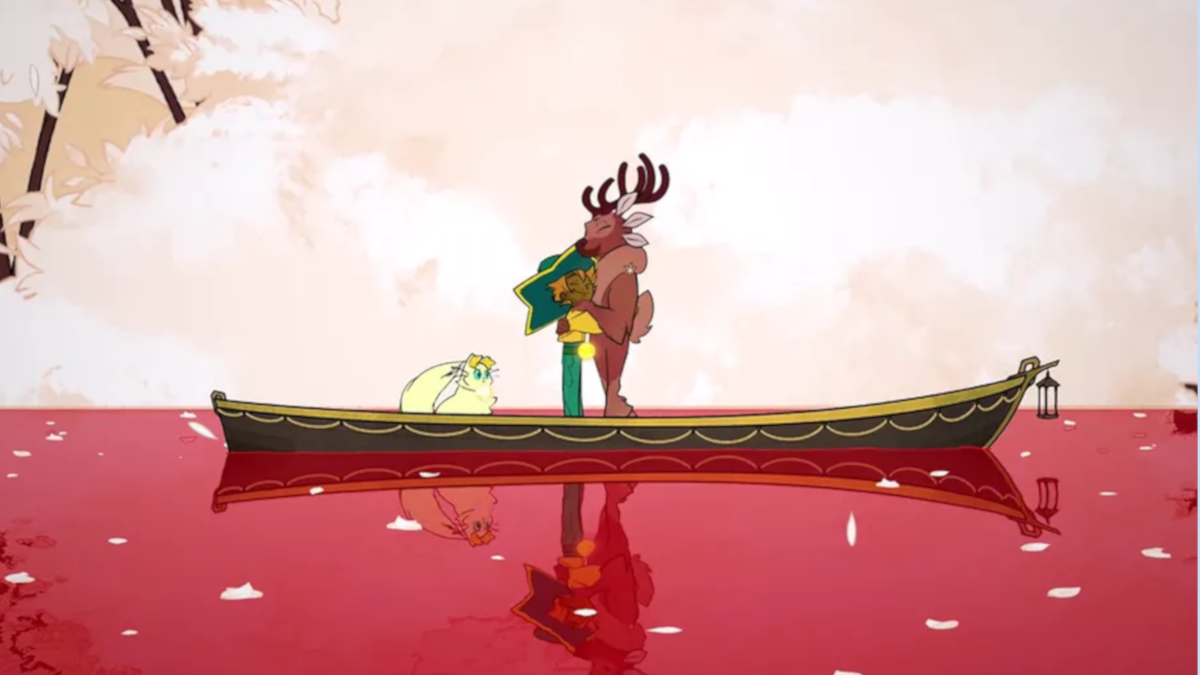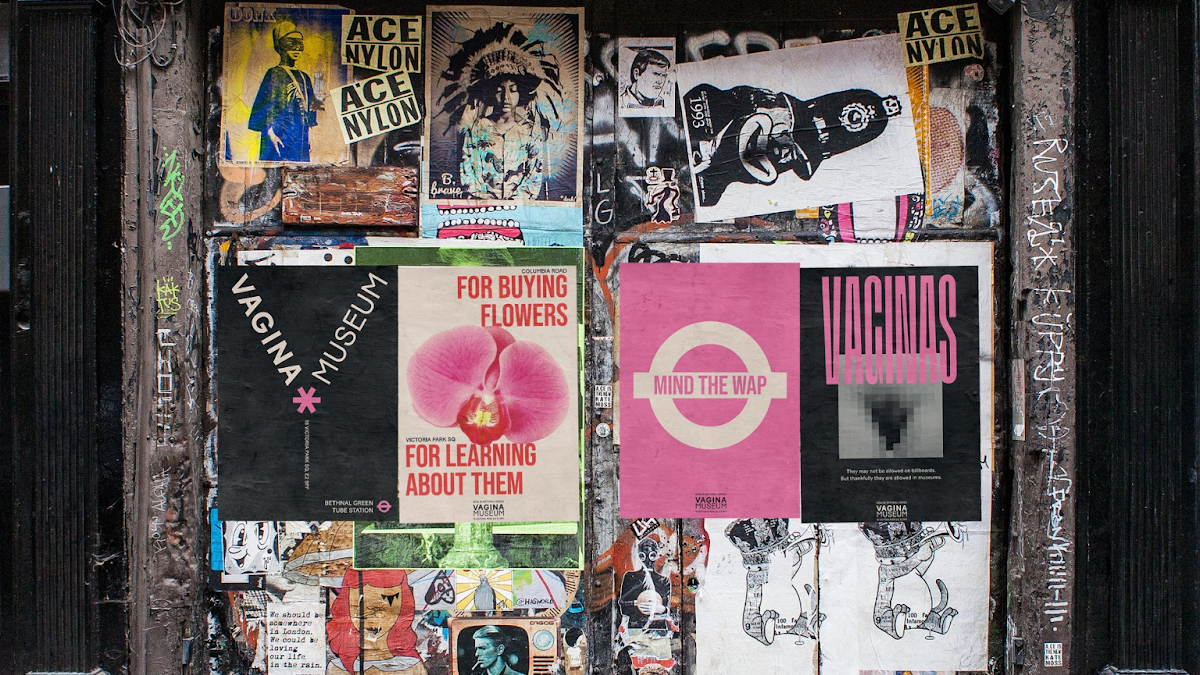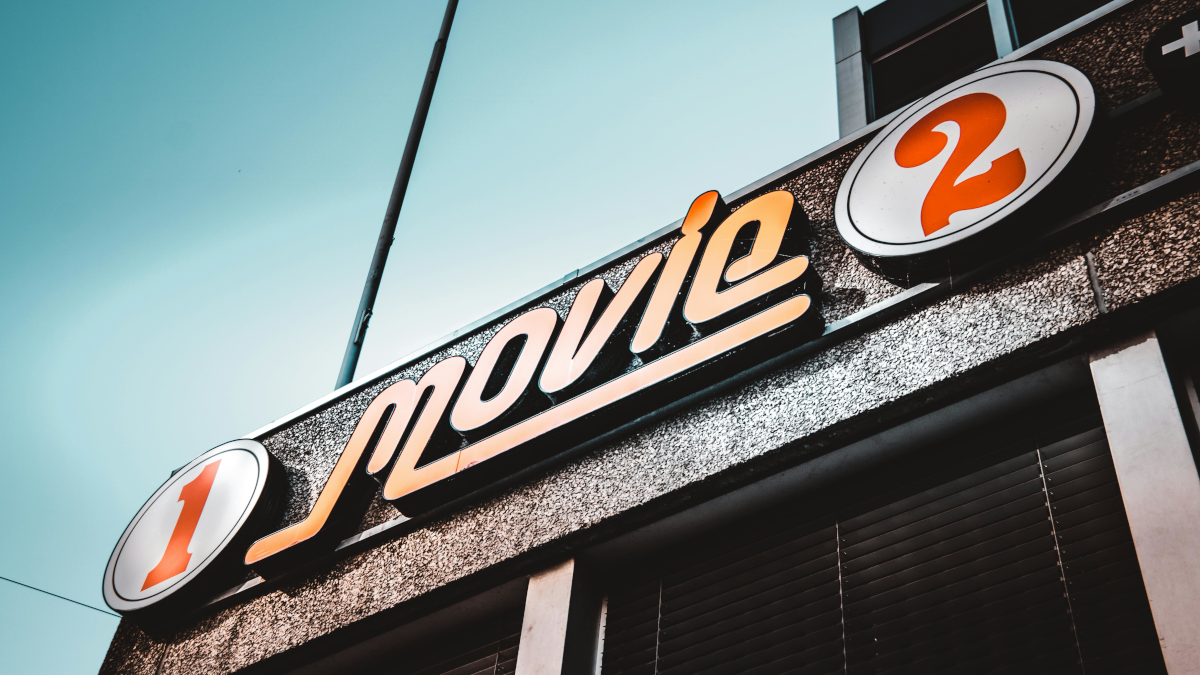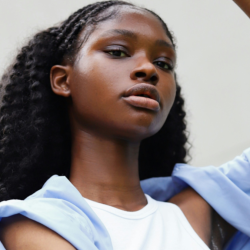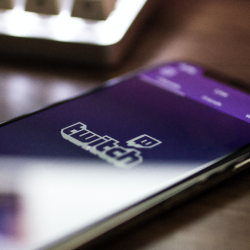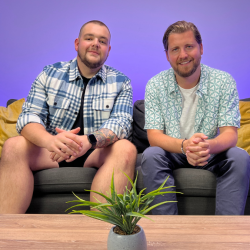For those of us who remember the origins of blogging, the recent resurgence of the format has a touch of nostalgia about it. But for Gen Z, the discovery of long-form written content is proving to be a resounding hit. Whether it’s blogs and newsletters or even vlogs, I’ve seen a tangible step change in the popularity of content that offers a deeper snapshot into the world of its creator. According to SimilarWeb, for example, Substack generated 27.73 million visits in January 2024, up almost 50% from April 2021. And while it may, on the surface, seem like a backward step into an art form that has long since been replaced by picture-led posting, I think it is actually a very natural evolution of online sharing.
There’s a palpable shift in what the public want from their online experience in 2024
People of all ages recognise the time drain of endless scrolling, the mental impact of the comparison game, and the inauthenticity of so much online content. In short, they want to go beyond the shop window, and so are being drawn to individuals who share a more real version of themselves, offering a deeper look behind the scenes and opening the door to a stronger connection. As with any content phenomenon, when blogs first hit our screens there was a moment at which we hit saturation point, when everyone felt the need to launch a domain, even if they had nothing to say. But influencers and the world in which they exist have evolved, time has sorted the wheat from the chaff, and today, blogs and newsletters are a way to add real value to an existing profile; especially for those with a niche, like interiors, fitness or food. Georgia Eats, for example, creates vegan food content for her Snap subscribers. Whilst Sarah Lugor has almost a quarter of a million followers on Snap, and creates fashion-related content.
Followers want to see under the hood of the people they most admire: what they think, what they like and what is happening in their lives away from pre-planned and rose-tinted posts. Newsletters dropping into our inboxes weekly creates a sense of personal connection — a one-on-one conversation vibe that is so essential in building these relationships. Research we conducted recently with IPG Magna’s Media Trials showed what consumers want in their quest for authentic connection: 58% of respondents liked to see creators sharing personal experiences, while 46% see authenticity when influencers engage with audience comments. So what does this shift mean for brands? In the past, influencers with the highest follower numbers would have attracted the most interest from marketers. But now it’s quality over quantity, as the power of smaller and tight-knit online communities is realised. A creator with a real interest in a certain area or issues will be rewarded, because their audience is more invested in what they have to say.
On the flip side, creators are getting more selective about who they take money from
Not only do they know their value but they know their audience, and recognise that earning trust will be paramount to their success. Snap’s study found 55% of people thought influencer content was only ‘somewhat’ trustworthy, with 60% saying that seeing people sharing mistakes and lessons learnt was the biggest driver of influencer trust. Backing up claims with evidence and portraying a realistic life were also major factors. Audiences are savvy and can spot clunky paid-for content a mile away; which is a turn off for a huge number of people. Meanwhile, for creators who take their eye off the ball in a major way, ‘cancel culture’ hovers like a potentially career-ending cloud, reminding creators they can no longer get away with any behaviour that might hint at having followed the money. But raising the bar and adding higher expectations on both sides of the brand/creator relationship is only enhancing the entire ecosystem. Any long-form content requires effort. This is not a case of posting some artfully shot photos three times a day; it’s something that’s only for the most committed and, as a result, will naturally be of a high quality. And ergo, will represent better value for money for advertisers.
And for all those who are committed to this kind of output the tech is there to help. The likes of Substack offer not just a publishing platform but payment, analytics and design options, allowing creators to send digital newsletters directly to their subscribers (as well as the option to further monetise their output by charging readers). The resurgence of blogging and its associated content is a major moment in the evolution of online communities, and should be celebrated as a sign that the relationship between audiences and influencers is becoming healthier and more engaged. And for smart businesses it also represents what is perhaps one of the most significant marketing opportunities in this space for a generation.
Featured image: Daniel Thomas / Unsplash


